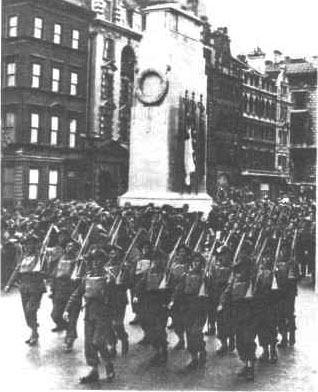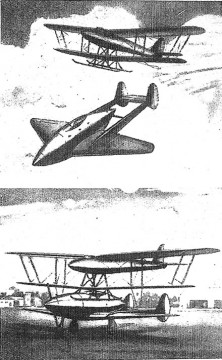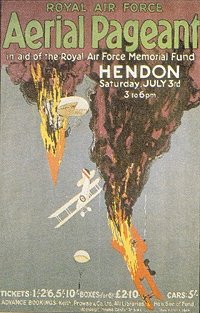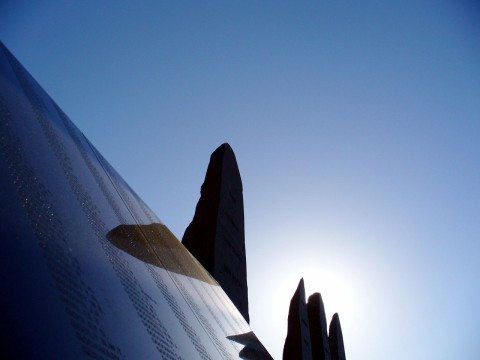Die Hard 0.0
Last night I ventured out to a cinema1 to see Die Hard 4.0 (AKA Live Free or Die Hard). I’ve long been a fan of the Die Hard movies, and I thought this one was pretty good, though nowhere near the brilliance of the first one. But here I just want to briefly discuss the […]






